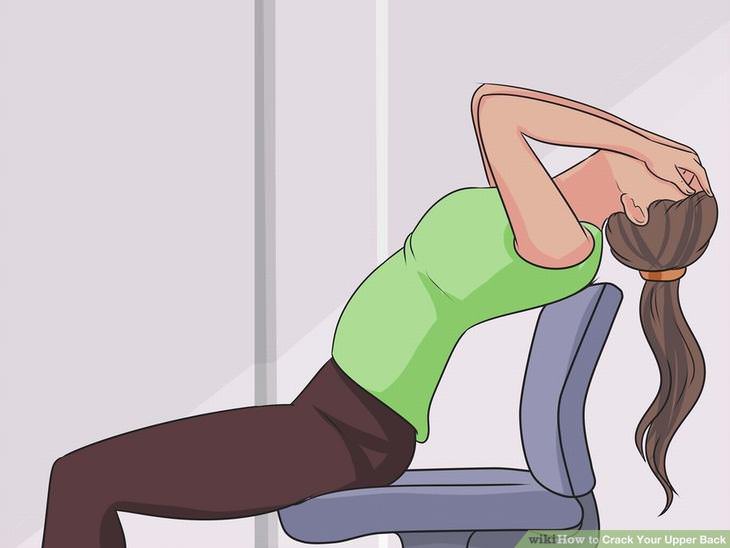

Rather, it is a location in the continuous ring of bone that doctors call the pars interarticularis, or pars for short.

The pedicles and laminae are two different areas of the bony ring. Its sections include two pedicles, which attach directly to the back of the vertebral body. The protective ring that surrounds the spinal cord is a continuous ring of bone. Just as the skull protects the brain, the bones of the spinal column protect the spinal cord. This tube, called the spinal canal, surrounds the spinal cord as it passes through the spine. When the vertebrae are stacked on top of each other, these bony rings create a hollow tube. A circle of bone attaches to the back of the vertebra. The section of spine in the lower back is called the lumbar spine.Įach vertebra is formed by a round block of bone, called a vertebral body. The spinal column gives the body its form. Vertebrae are stacked on top of one another to create the spinal column. The human spine is made up of 24 spinal bones, called vertebrae. Placing extra strain on this area of the spine during childhood increases the chance that a pars defect will occur. This is because their spines are still developing, and the pars is the weakest part of the vertebra. It mainly affects young athletes who participate in sports in which the spine is repeatedly bent backwards, such as gymnastics, football, and karate.Īlthough spondylolysis can affect people of any age, children and adolescents are most susceptible. This condition appears in six percent of children. The area affected is called the pars interarticularis, so doctors sometimes refer to this condition as a pars defect. In this condition, the bone that protects the spinal cord fractures as a result of excessive or repeated strain. Most commonly, this occurs in the low back. Spondylolysis happens when a crack forms in the bony ring on the back of the spinal column. Spinal Decompression Surgery & Slip Disc.



 0 kommentar(er)
0 kommentar(er)
